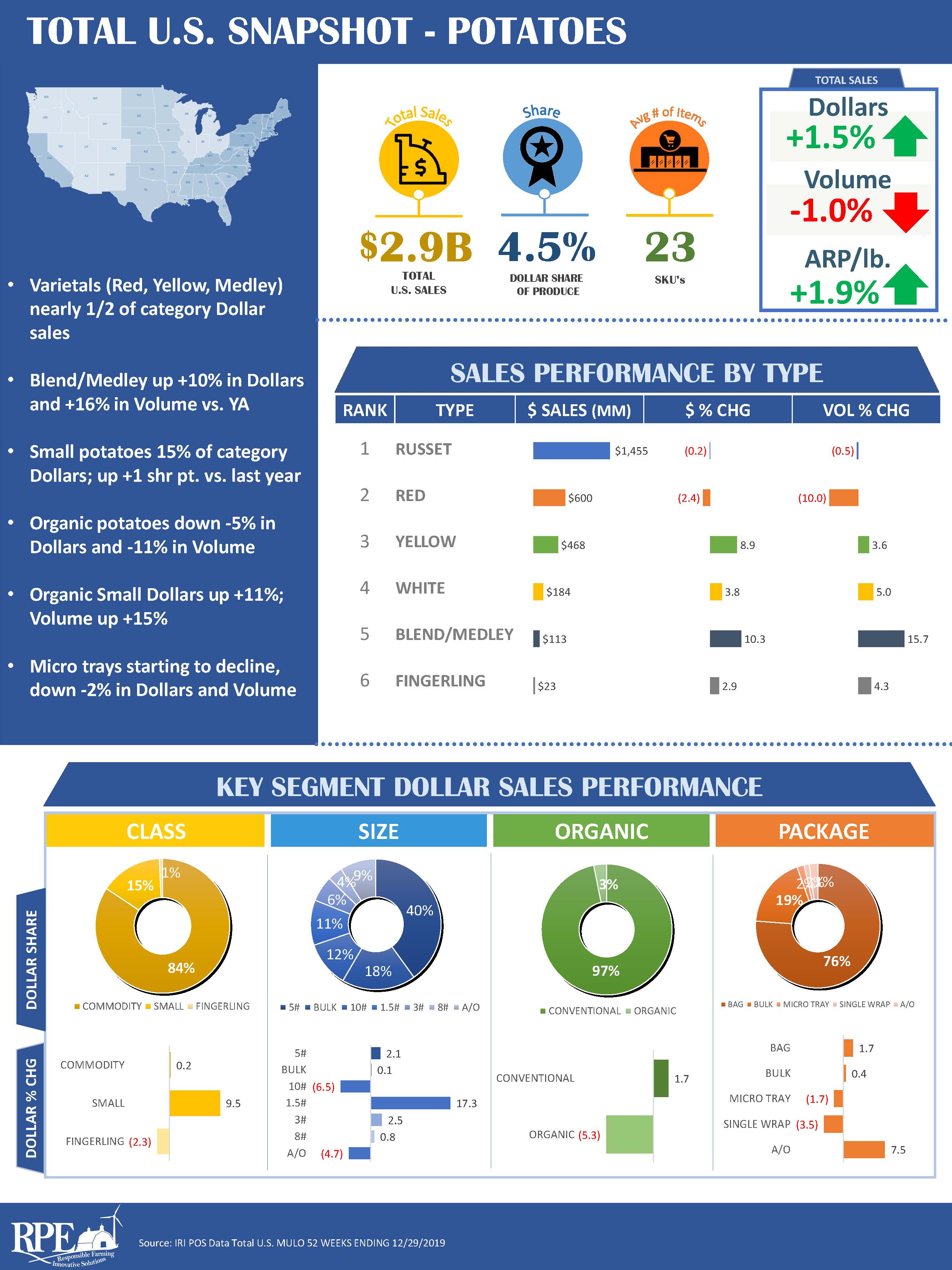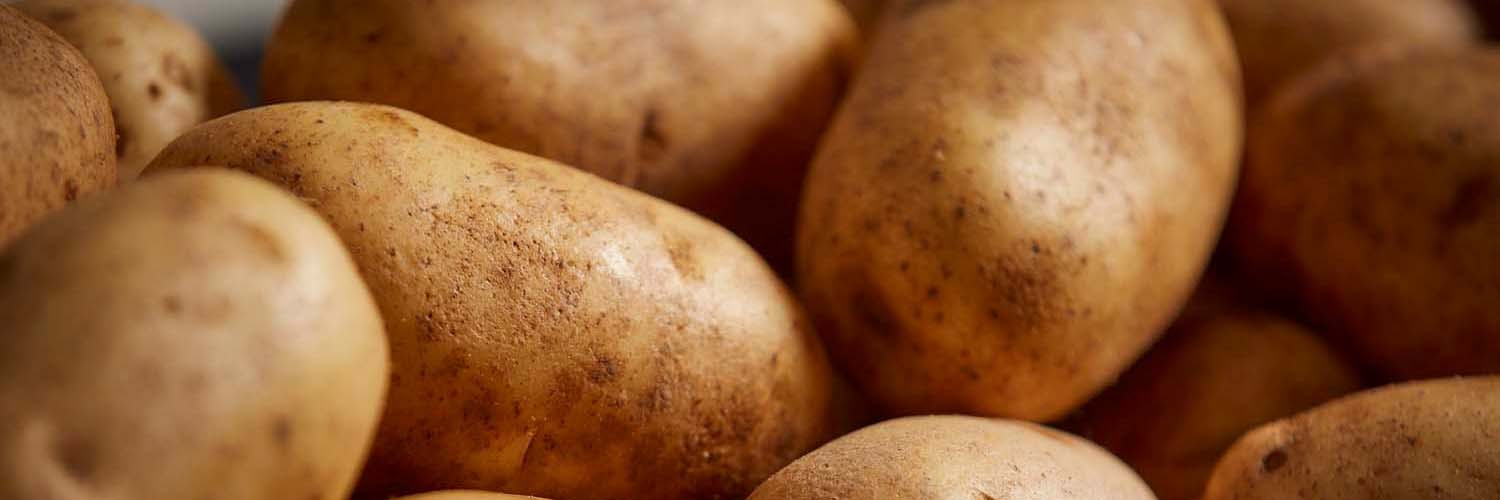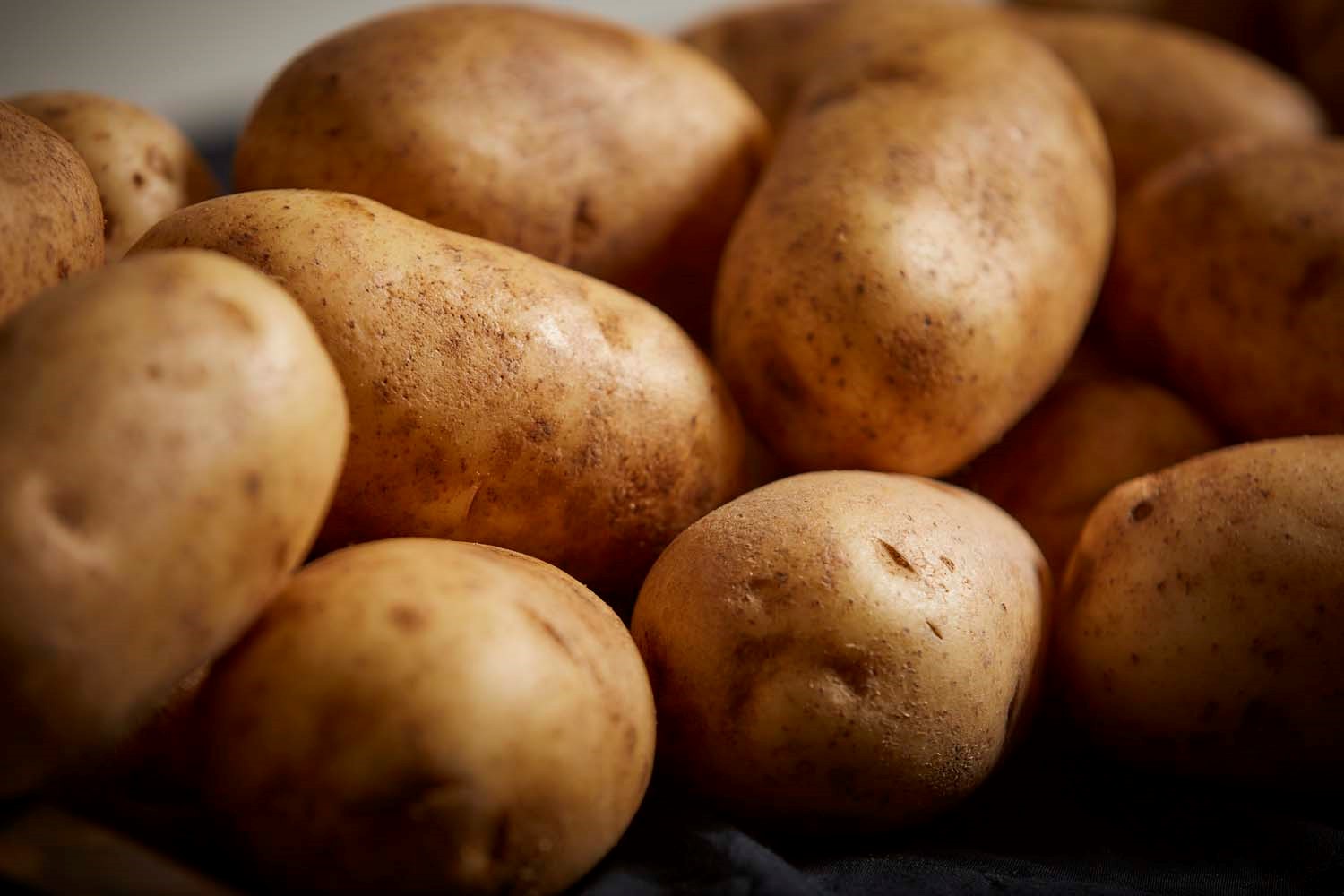Category Insight- Total U.S. Snapshot - Potatoes


Potato Market Update
The russet potato market has not seen significant change as of late. Demand is steady to slightly slower than usual. Pricing remains steady on smaller-size russet potatoes to slightly stronger on the larger sizes. Every shipping area seems comfortable with remaining inventories, with the exception of Idaho. There is still a bit of uncertainty due to the early frost that the growers in Idaho experienced this past of October. The entire country is keeping an eye on how the shipping season will unfold.
Red potato supplies are still available in Colorado and the Red River Valley area. Growers in Idaho are shipping red potatoes with excellent quality and ample supplies. We will soon see a new crop of red potatoes when growers in Florida come to market in early February.
Supplies of yellow potatoes in the Midwest appear to be declining; growers in Colorado, Idaho and Washington are expected to have adequate supplies remaining to make it to spring, or until growers in Florida, Texas and California bring new crop yellow potatoes to market.
Both demand and supplies of white potatoes continue to gravitate to the Northeast. Florida will be bringing new crop white potatoes within the next several weeks.
The fingerling potato market remains steady. Every shipping area appears to have adequate supplies available along with above-average quality. Similar to white potatoes, new crop fingerling potatoes will soon be available from growers in Florida and California.

Onion Market Update
The onion market continues to strengthen as we move towards the end of January. Yellow and white onions are in the highest demand, especially on jumbo sizes. The red onion market has picked up but still remains slower than the yellows and whites.
Onions are in good supply from growers in Washington, Oregon, Idaho, Utah, Wisconsin, Michigan and New York. Quality overall has been excellent.
Mexico is expected to bring new crop onions to market towards the end of this month, ramping up in February.

Potatoes are commonly stored up to 10 months under the right conditions: the correct varieties, production conditions, and storage environment. This is crucial for supplying potatoes 52 weeks per year in the United States, where the top five potato producing states are all in Northern climates. Storage potatoes are grown in northern climates due to the ideal growing conditions and, perhaps more importantly, for the cool fall and winter weather that reduces or eliminates the need for refrigeration in storage buildings, reducing costs and electricity usage and ultimately making the industry more cost effective, efficient and sustainable.
Potatoes are not stagnant during their time in storage—they are living organisms after harvest. They respire, generate heat, lose moisture, and can even heal wounds when their skin or tissue is damaged. To be stored for long periods, potatoes must enter with high quality and then by kept in the right conditions: low temperatures of 38 to 42 degrees Fahrenheit for fresh market potatoes, very high relative humidity of 95 to 100 percent without free water, fresh air to supply oxygen for respiration, and darkness to avoid greening.
In the United States, the majority of potatoes are stored in ‘bulk storages’, with one big pile of potatoes up to 18 feet deep. These storages must have a number of key features, including load bearing walls and floors, substantial insulation, ventilation systems to supply fresh air, and humidity control systems. In many cases, the buildings also have refrigeration systems to help maintain the required temperatures during warm periods in the fall and the subsequent spring and summer. Building heating is rarely needed even in cold climates due to the heat generated by the potatoes themselves. The fresh air is usually supplied by large pipes that run under the potato piles, although alternative designs such as perforated floors, known as air floors, are also in wide use.
Some specialty products, such as Tasteful Selections bite-size potatoes, cannot be stored in bulk piles while maintaining high quality, so the potatoes are instead kept in plastic or wood bins, with each bin measuring just 4′ × 4′ × 3′. Although this increases costs, it is a crucial aspect of delivering the best quality product to the customer. Regardless of the variety of potato, type of storage, or geographic location, the goals of potato storage are always the same: maintain high potato quality with a cost effective, efficient, environmentally-friendly, food safe system.
We're celebrating 10 years!

Over the course of the next several months, the “Celebrate 10 Campaign” will share the inside scoop of the Tasteful Selections® journey. Check out the Tasteful Selections website.



